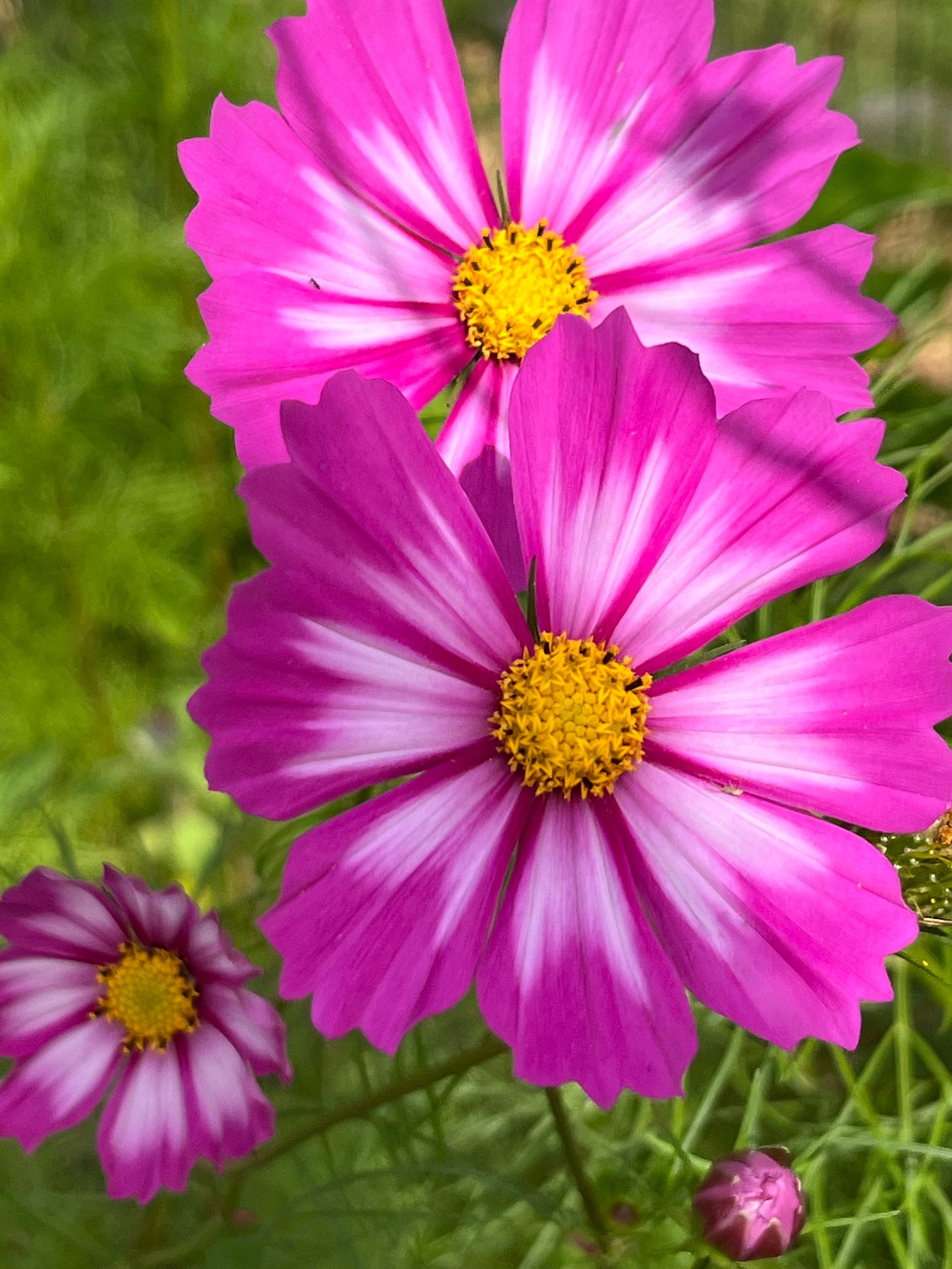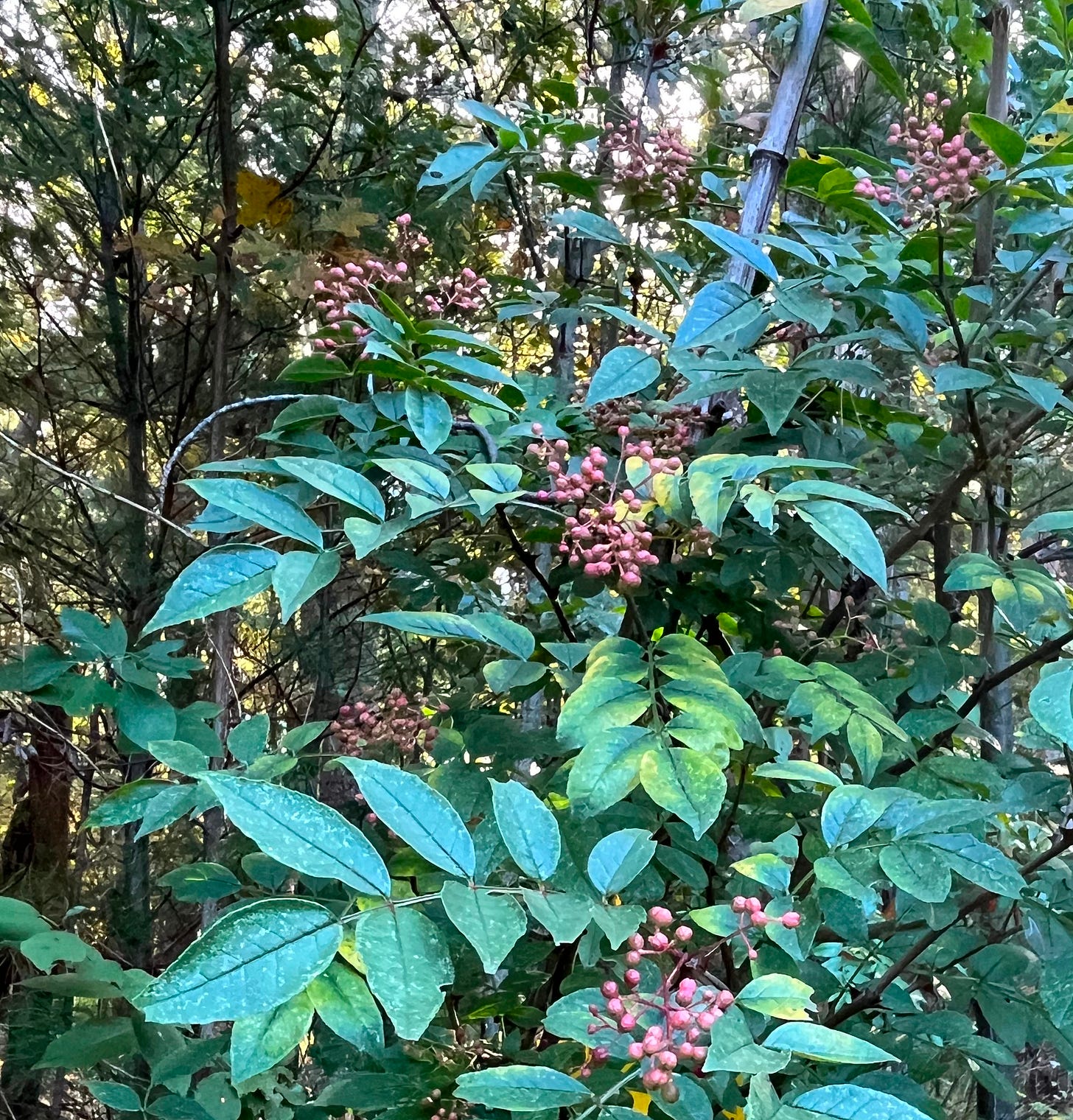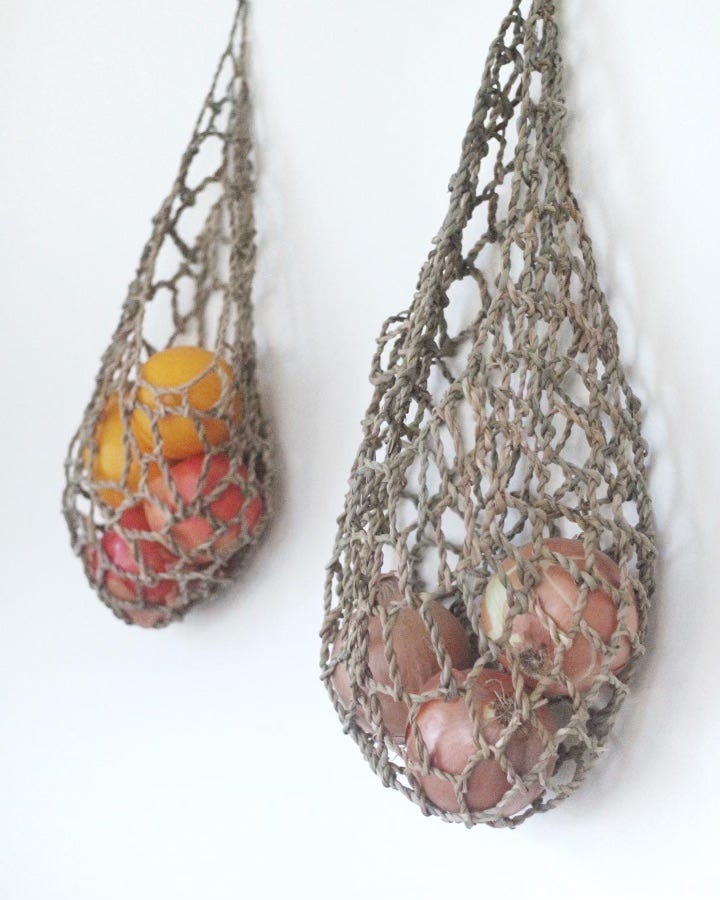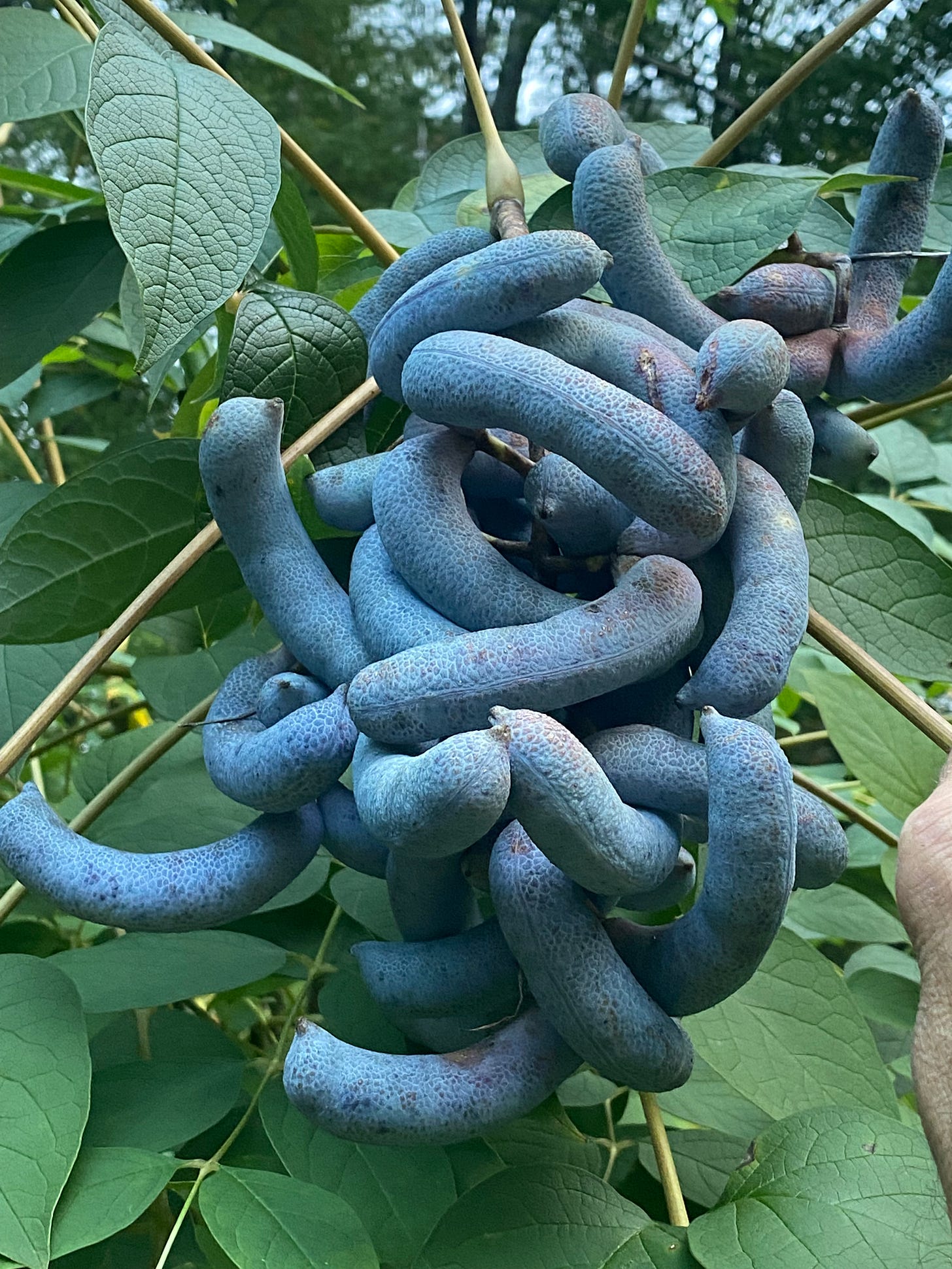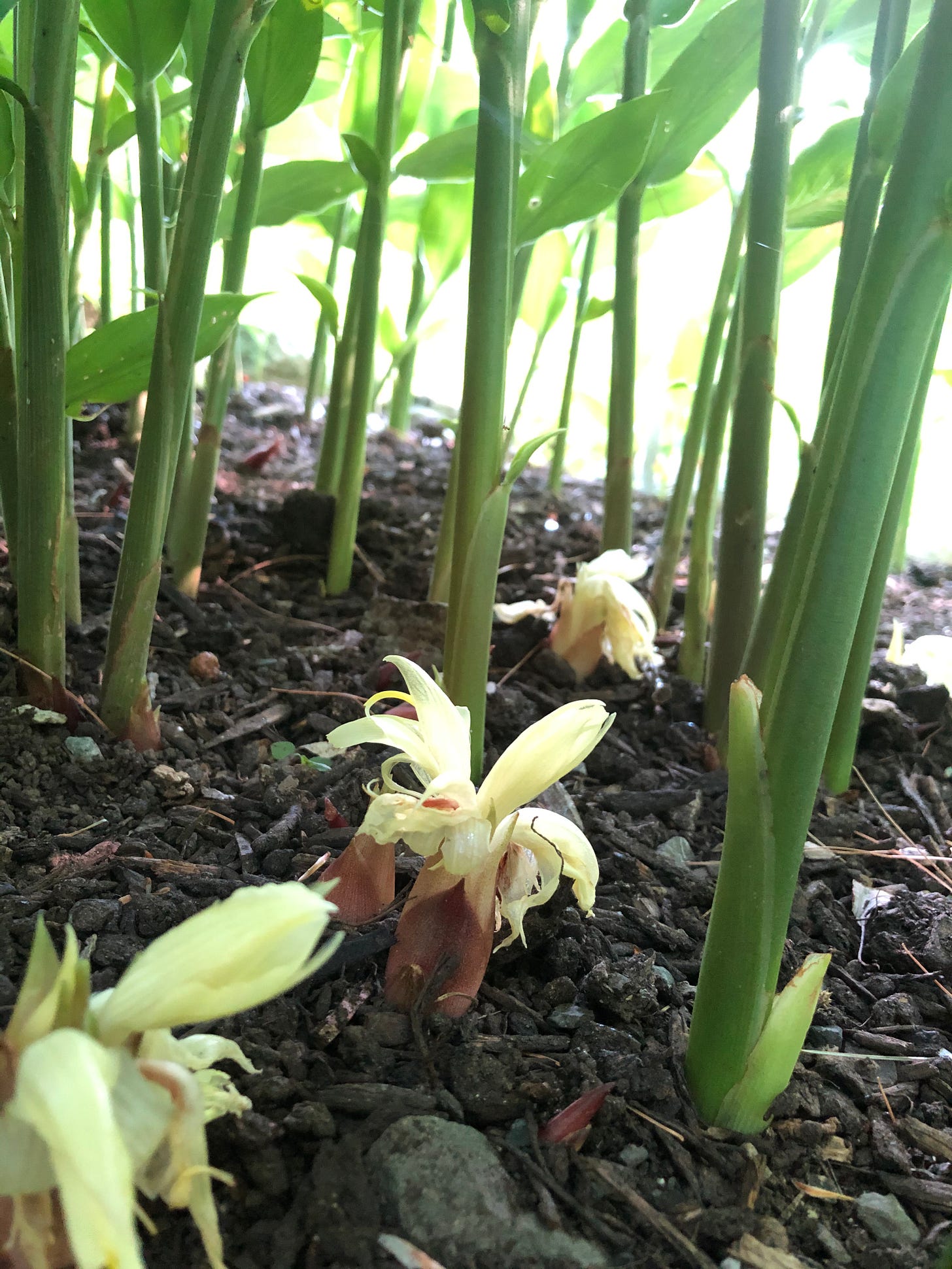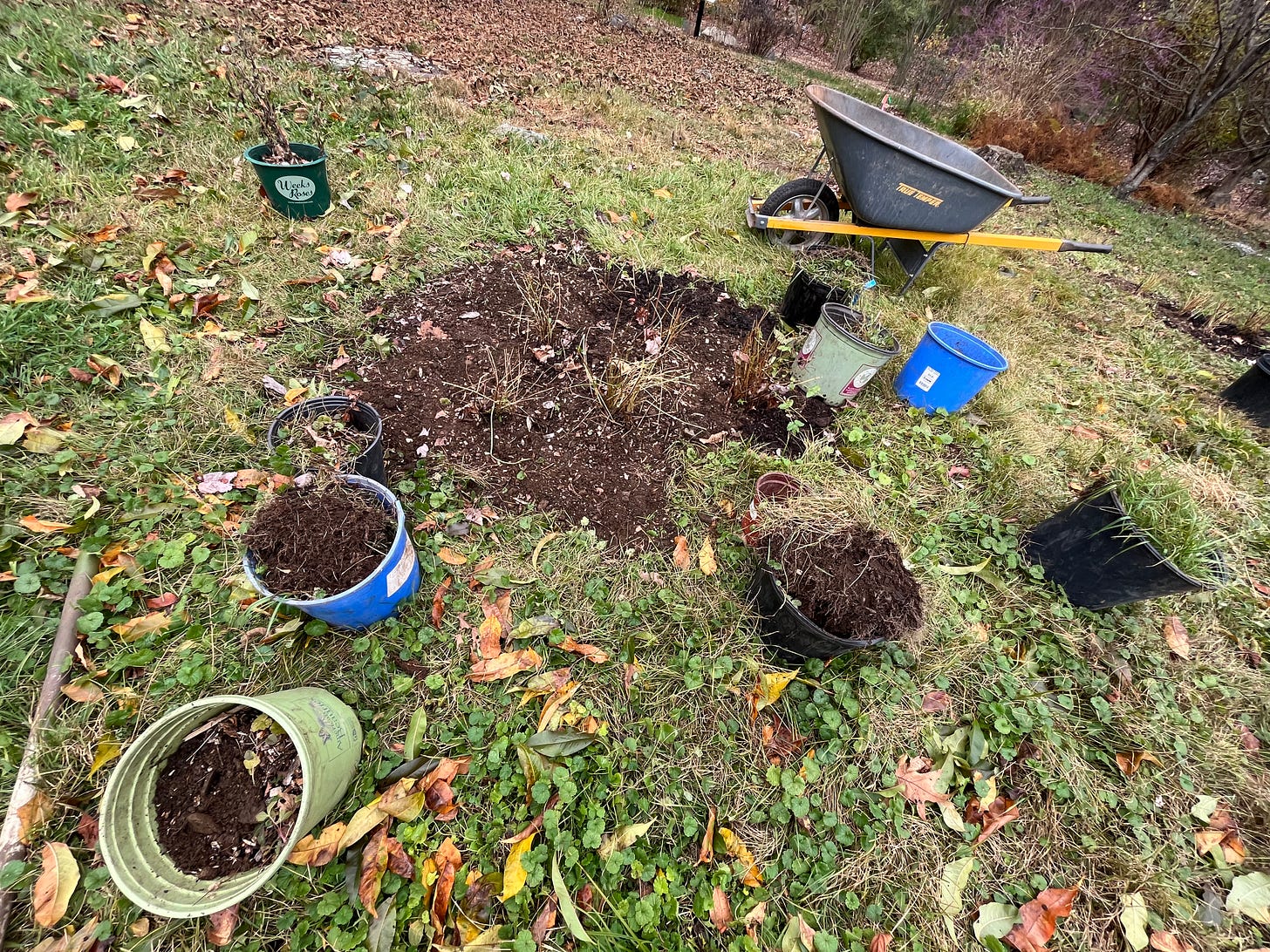Heralding the unexpected!
Summer/fall color, the year of the tours, and success after transplanting.
Cosmos flowers really herald the end of summer and the start of fall for me.
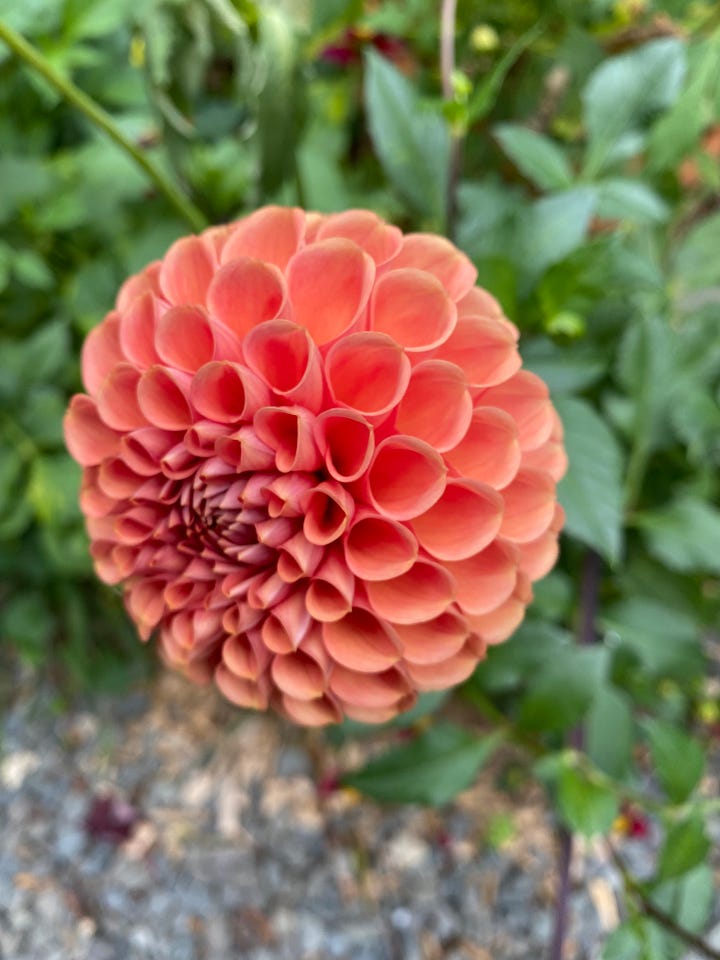
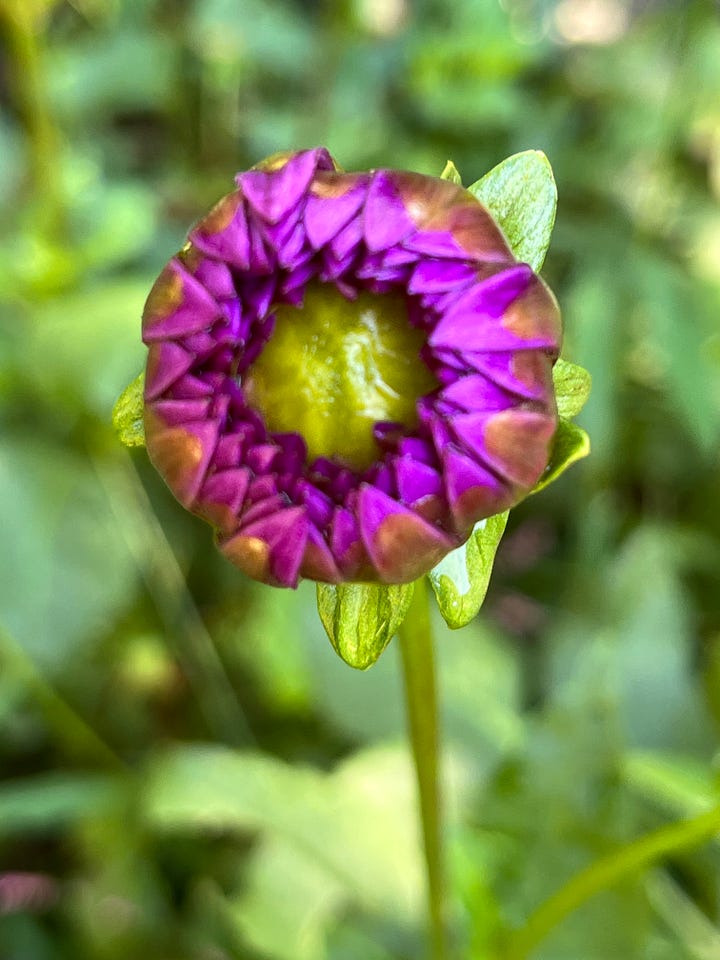
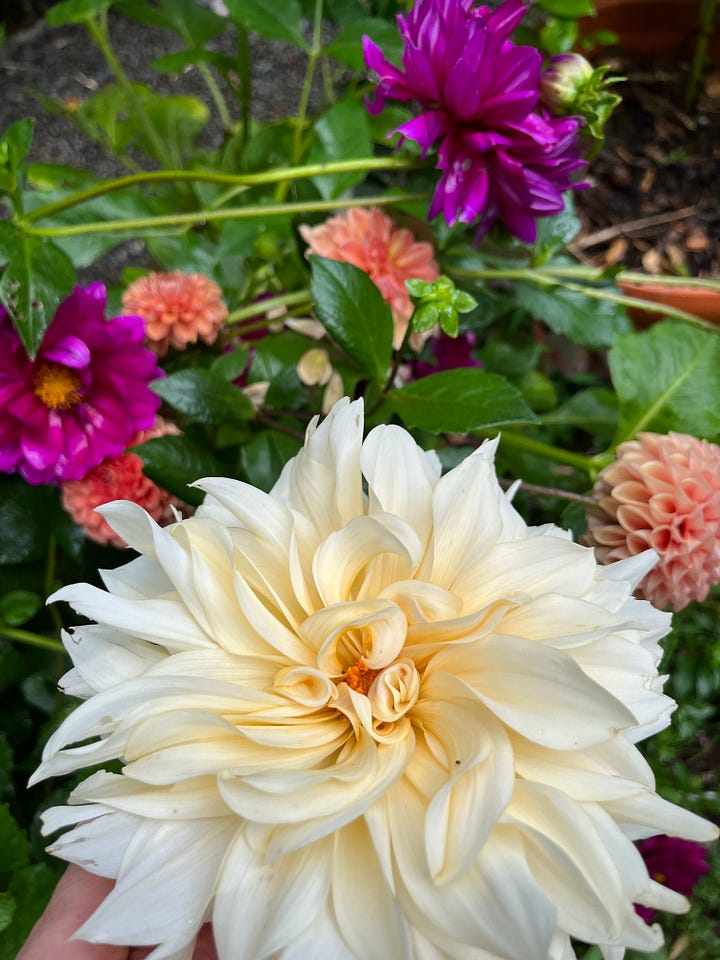
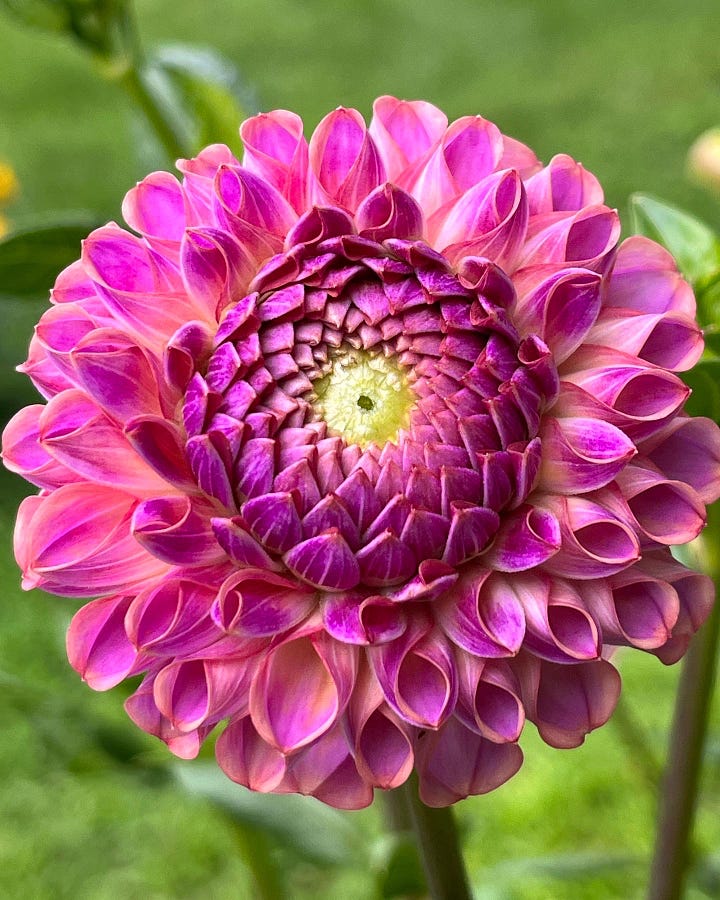
For some folks it Dahlias…
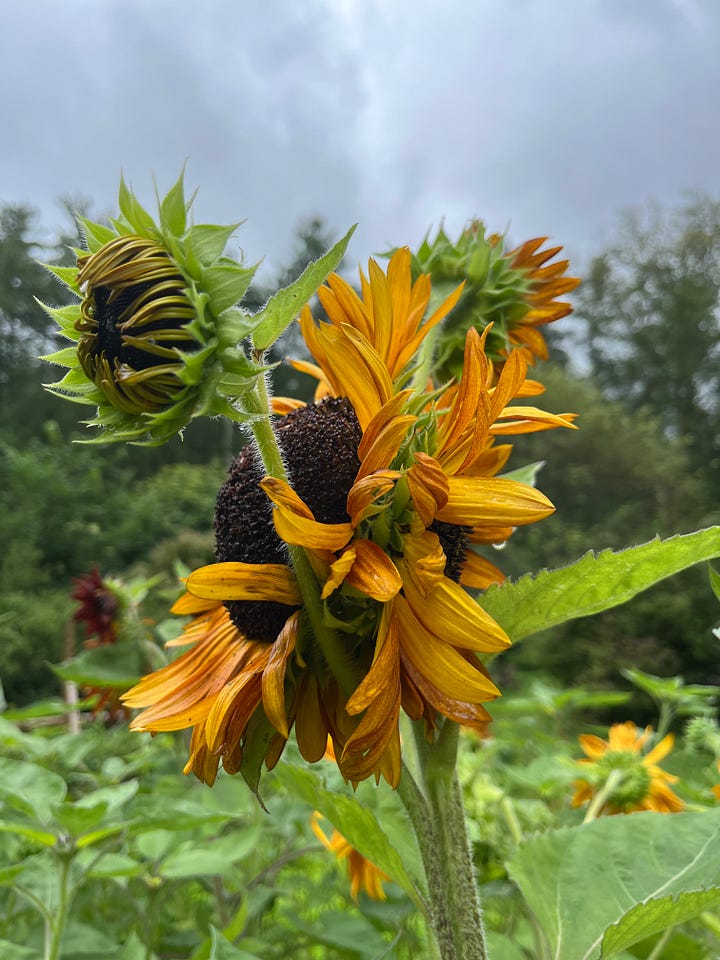
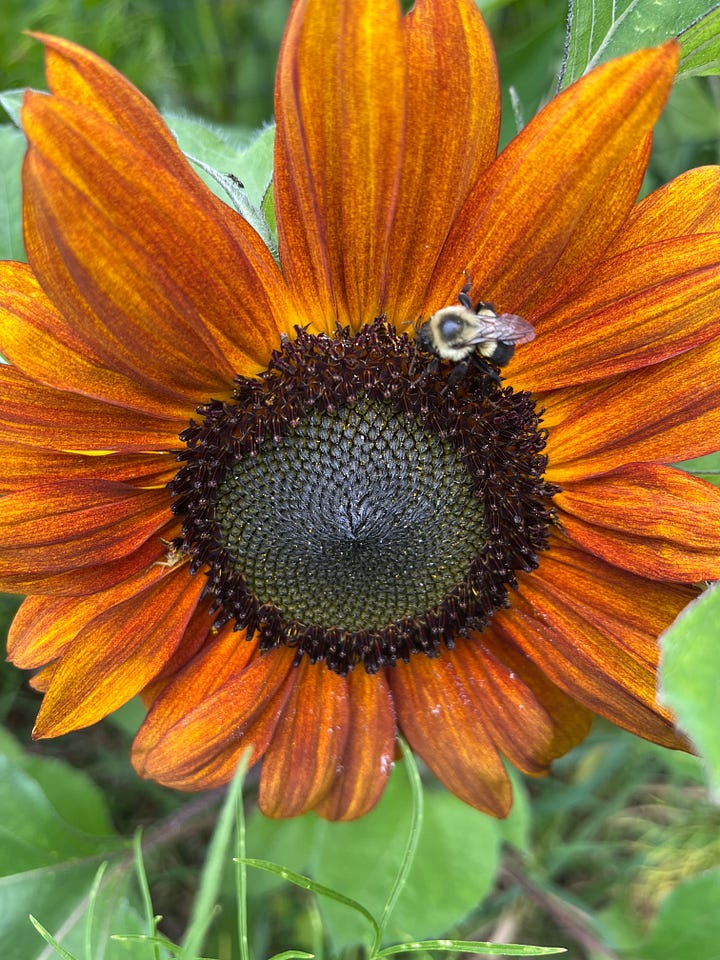
and others its Sunflowers…
I’ve been growing these in the same spot year after year (actually they are mostly resowing themselves) although I do save the seeds and throw out handfuls in early spring for “insurance”. Over the years they have hybridized creating color patterns that were not something I expected when I bought the solid seed colors of pink & white many years ago.
Thank you for opening up this email and taking the time to read it. What started as a “generic” newsletter has metamorphosis in a way I could not have expected over the past 6 months (kinda like the Cosmos!) So to all of you who are paid subscribers directly supporting my work, I am honored and motivated to continue on, taking time away from my “art studio time” to sit in front of my computer (which IF you know me is one of my biggest dreads).
There are now over 2200 free subscribers and 44 paid subscribers opening up the newsletter. I would really love for this post to bring the number of paid subscribers supporting my written work to 50!
Can you be one of the next 6 to do that?
I will have some special content in my next newsletter only for paid subscribers, so I’ll make it worth your investment.
SAVE THE DATES!!
9/21 - Native Plant Tour - Join Scott Serrano (co-founder of Hortus) on Saturday, September 21st, showing off some of his favorite native ornamental & edible trees, shrubs and vines. He will discuss what growing conditions make these native plants happy in the Hudson Valley, as well as how to design and incorporate them in your own setting.
This class will highlight some lesser-known native plants including (but not limited to): Hop Tree - (Ptelea trifoliata), Bladdernut - (Staphylea trifolia), Alabama Snowwreath - (Neviusia alabamensis), Prickly Ash - (Zanthoxylum americanum), and Big Leaf Magnolia - (Magnolia macrophylla).
11am-1pm ~ $25 Sign up here.
In collaboration with Hudson Valley Climate Solutions Week
9/22 - Cordage and Three Dimensional Nets from Plant Fibers with Renee Baumann of Renee Makes - Cordage from Local Plants: Sunday Sept. 22nd 9:30am-3:30pm (1 hr lunch break) This two-part class will introduce the foundational skills for making cordage from common local plant fibers and then turning that cordage into three dimensional nets. In the first session, we will hand-process some plant fibers (such as iris, daylily, stinging nettle, burdock, grapevine and cattail), and practice techniques for turning them into cordage. Expect to walk away with your own coils of handmade cordage and the skills to make functional and beautiful cordage from the plants nearby. Sign up here.
9/29 - In the second session of this class with Renee Baumann of Renee Makes, we will be learning how to turn cordage into three dimensional nets. Making a rounded bag-type or hammock-type net, and learning to use a net needle and gauge. Sign up here
10/6 - A Guided Garden Tour - 2pm-4pm - $20 - reserve here. Join one of the co- founders of the arboretum to learn about some of their very favorite plants as you walk around the gardens together.
2:00 pm - 4:00 pm
$20
10/19 - The Garden Conservancy & Hortus Arboretum present, Digging Deeper: Fruiting Plants From Around the World for your Garden. 11am - 1pm. Prepare to get inspired (and hungry) as Allyson & Scott take you around the arboretum while learning to surround your home and grace your table with rare and beautiful fruits, and nuts. Trialing plants from around the globe, their goal is to create a “living textbook” of plant life, particularly edibles, that can be grown in New York’s Hudson Valley. Buy tickets here.
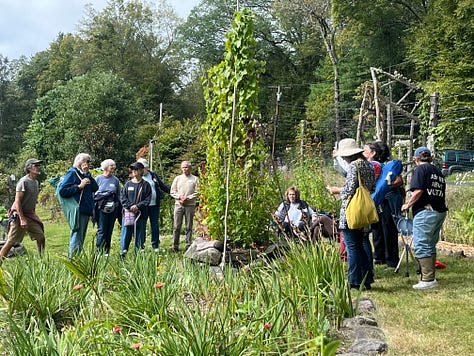
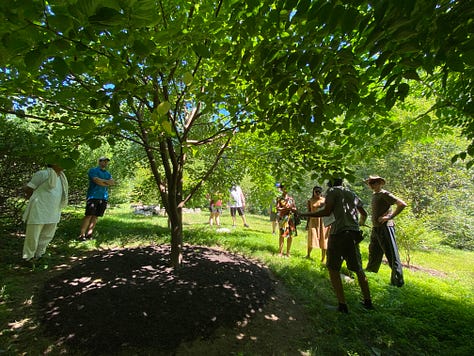
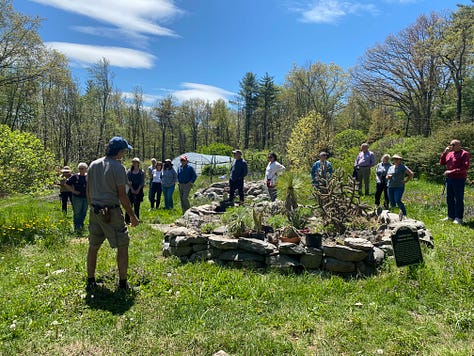

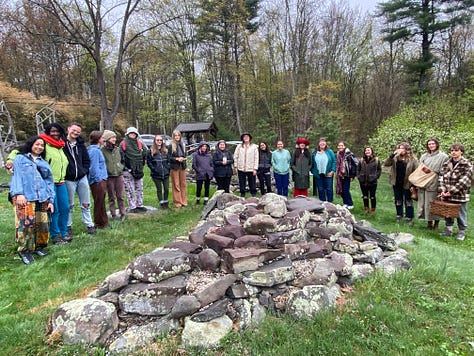
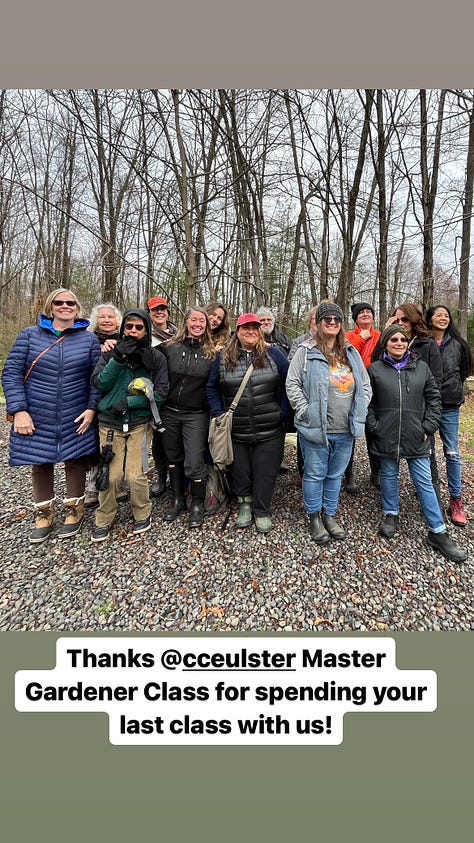
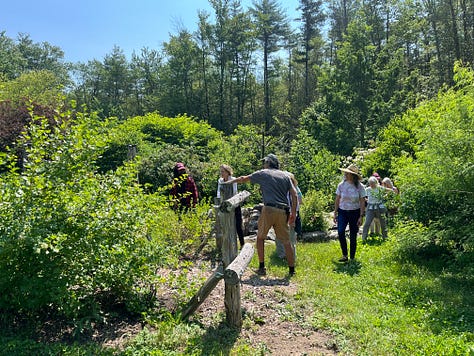

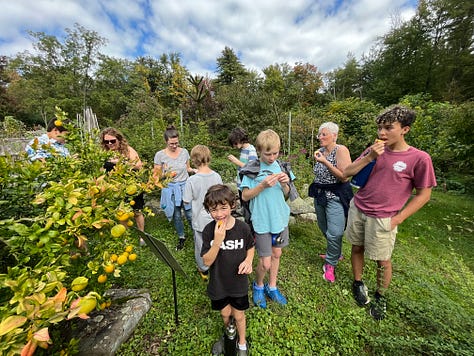
This has been the year of the tour groups! We are honored to have schools, garden clubs, and Master Gardeners take private tours with us around the arboretum. We tour family and friends get-togethers, anniversary and birthday celebrations. These tours are a wonderful way to dive deeper into our diverse plant collections and learn about trees and shrubs, many of which you have never heard of. We also have been offering a “curated” walking tour on the first Sunday of the month (see above Save the Date section). For more information on private tours click here. They make a great gift! We are offering private walking tours through the mid-November 2025.
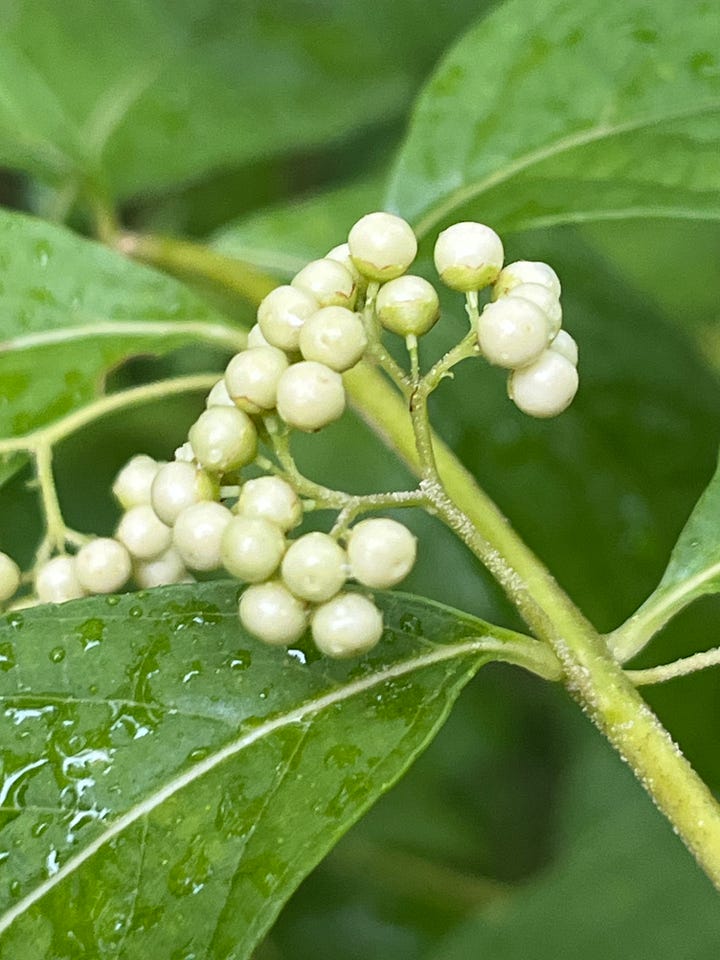
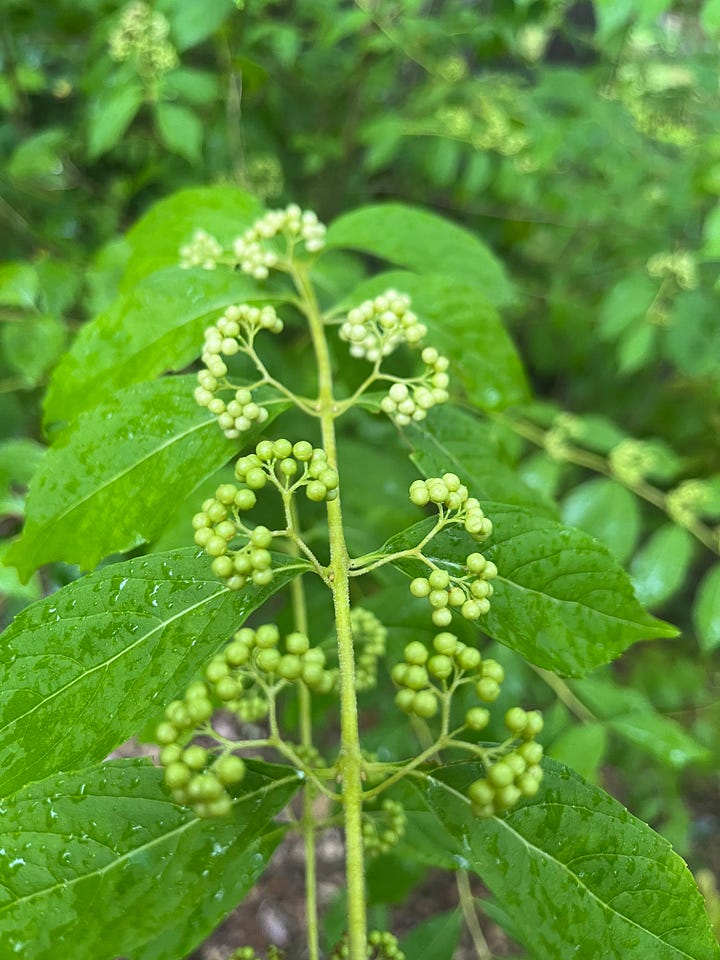
I was THRILLED to see the plant produce berries after we gone dug the shrub up from the South Garden last December and transplanted her to the Property Gardens. It took us 4 days of hand digging to extract the root system that grew under, around and above what we though was the roots of a “ghost” Black Walnut tree.
Have you ever felt that you put a plant in the wrong spot? Did you get information from a book that said the plant will top out around 6’, only to find that it has grown twice as large and doesn’t appear to be stopping and is now crowding out other plants? Was the plant tag incorrect? That’s what happened with this particular Beautyberry (Callicarpa spp.). Originally marked as a native Callicarpa we had planted it a new section of the Native gardens. It took many years until the shrub actually produced berries, but once we saw the small fruits we knew that the nursery had mixed up its plants since the formation of the berries off of pedicles was indicative of the Chinese species, because the American species has berries that are sessile.
Late fall into winter (really any time before the ground freezes) is perhaps one of the best times to go ahead and transplant a tree, shrub or vine. The idea is to wait until the plant goes dormant. This is a great short article put out by Penn State Extension regarding the process of dormancy.
You can essentially transplant a plant anytime if you know what you are doing. My advice is to wait until the leaves have fallen. If you are planning on moving a conifer/evergreen tree which sheds some needles but doesn’t lose them completely, its still a good idea to wait until deciduous tree leaves have fallen.
Our trick when moving a plant is to bring along all its soil and mix that into its new larger planting hole.
Think about the root system of your plant as it has grown and all of the soil’s particular microbes and organisms that have been growing around those roots. Like people, plants require the basics in order to survive- generally water and light, along with a growing medium. But scratch under the surface a bit (couldn’t resist the pun!!) and every species of plant adapts differently below ground. In fact that’s where the most important growing is taking place and we gardeners don’t see it. That is unless of course your plant has died and you have dug it up only to notice that it has stunted roots, or big puffy galls growing on them, or insect holes in the root’s system.
So we had to move the Chinese specimen!
I’ve attached a recent post from Instagram-this is the more condensed version.
This is the longer version…
One last minute share: My nature inspired encaustic artwork is still on view at the Carrie Haddad Gallery in Hudson, NY through October 6th. If you can’t make it there but wanna see what the exhibit looks like check this out..
As always thanks for reading along!
See you in the gardens.
Allyson




